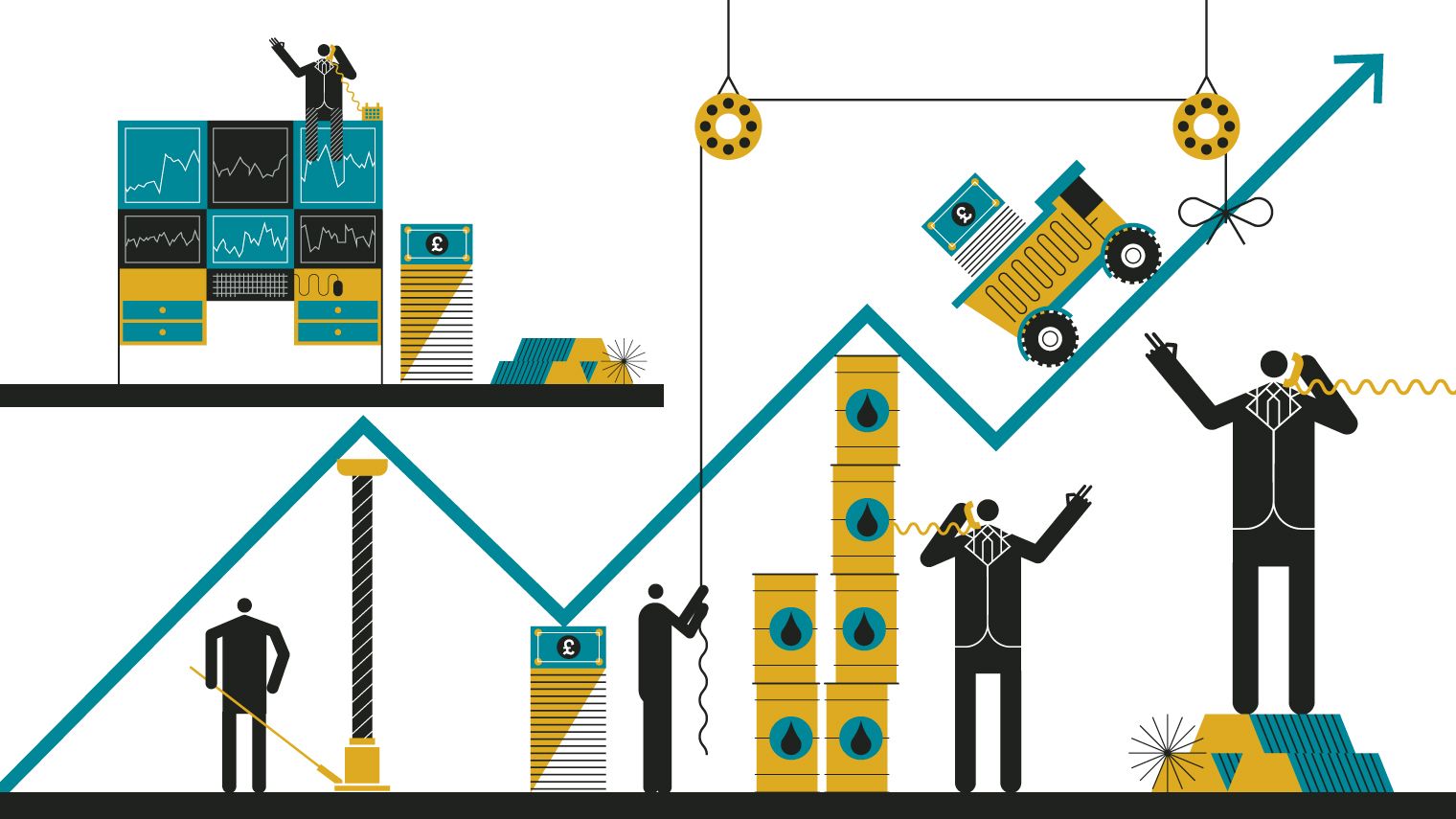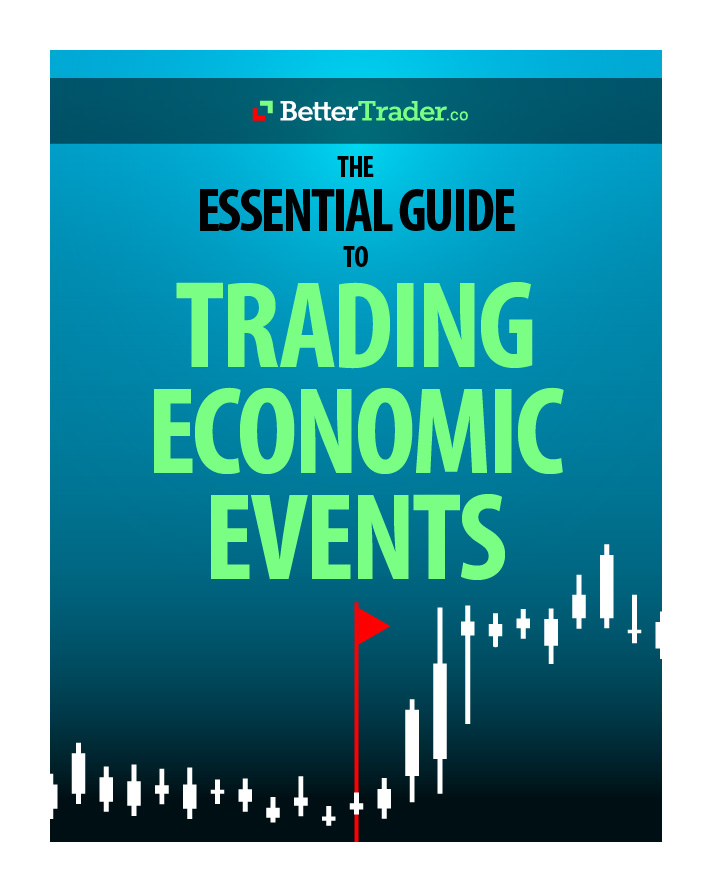Many individuals who want or who ultimately get into trading are eager, excited, and ready to make their fortune in the markets. Aspirations influenced from TV shows and movies, social media, and the perceptions from general society have lots of people believing that trading is an easy get-rich-quick sequence. However, this is far from the truth. People who are extremely familiar with the day-trading sphere know how difficult it is to make a living just from day-trading and how competitive the industry is.
Returns
It may seem extremely naive and unrealistic, but there are many people who go into trading believing that they will turn their $2,000 investment into a $20,000,000 empire. To be frank, even the very BEST pro-traders will only see a 100-200% return on their investments yearly, and even then, this amount will be capped by the amount of money that they are trading with. To take a realistic example, an experienced trader who understands the facets of the market they are trading in and puts in $5,000 into his/her trading account should aim for ending the year with $10,000-15,000 in their account. While you may hear extraordinary stories of large percentage gains over a short period of time, keep your guard up.
These individuals are either misleading you or are taking large amounts of risk. For professional traders, this is unsustainable and unrealistic over a long period of time, and you should take these claims with a grain of salt. Eventually, these people will suffer a significant loss, and without a well-thought-out strategy, they will not be able to survive in the market in the long haul.
Timing
If you are aware of the risks of trading and are convinced that the lifestyle and process will not be a hindrance to your goals or objectives, then being aware of the timeline is essential. While it is not impossible, it is very rare for a beginner trader to see substantial and consistent profits outside of 6 months at a bare minimum. Many traders never even see profits. Lots of them come into the market as enthusiastic prospective traders, blow an account, and then exit the market soon after.
You need to be aware that it is a long haul investment of your time, energy, and mental health, and not for the faint-hearted. Good traders that constantly (on a monthly basis) bring home profits are seldom part-time traders, and they are always dedicated individuals looking for a new edge in the markets.
Budget
Additionally, you need to be aware of how you are allocating your money and how much you put into a given strategy at any given time. Using tools like the BetterTrader backtester is an essential to test your strategies by looking at how similar trading actions have fared in the past before placing your money into the markets. This can be done by allocating small portions of the total amount of money in your account (i.e. if you have $20,000 in your account, you can trade in intervals of $5,000 to test different strategies without fear that you will lose all of your money at once). Never risk more than 1-2% of the total amount in your account on a specific trade and never risk more money than you are comfortable with losing. This is a good pointer in order to prepare for the most extreme circumstances where your asset tanks. Even if you think that there is no way that you will lose your $1,000 investment, if you know you would not feel comfortable with losing the entirety of that amount, do not make a trade with that amount.
Tool box – Budget
Just like a carpenter, plumber, or welder, every specialized profession needs a toolbox to handle the day-to-day requirements of their job. Professional traders are no different and need their own set of resources to help them with their job too. When deciding which tools you want to use, keep in mind that tools are investments, not expenses. You must budget them well and must make sure that they correspond correctly to your account size, while also being sure not to under budget. The annual budget for tools in your account should be something between 3-6% of the total amount of money in your account.
Lifestyle
The traders who do end up being successful maintain an extremely disciplined and rigorous lifestyle while they are building up their account. It is not necessarily the style of a trader and the ways that he/she initiates deals and makes phone calls. Rather, it requires extreme diligence in doing extensive research, waking up early in the morning
Losses
No matter who you are, how brilliant you are, how risk-averse you are, or how dedicated you are to perfecting your trading algorithms. You. Will. Face. Losses. Accept it now. The best traders in the world face heavy losses in consecutive markets or trades and will adjust or stick with their methodology in trading accordingly. However, at the moment, this can be an extremely stressful process where you will constantly be critical of your own actions as you do not know if the prices of your assets will continue to rise or fall.
Summary
Altogether, it is just important to manage the expectations of a new trader. The lifestyle is much more disciplined than most people imagine it to be and we advise that you should be aware of all facets of life as a professional trader in order to best maximize your time and efforts that you put into the market.














